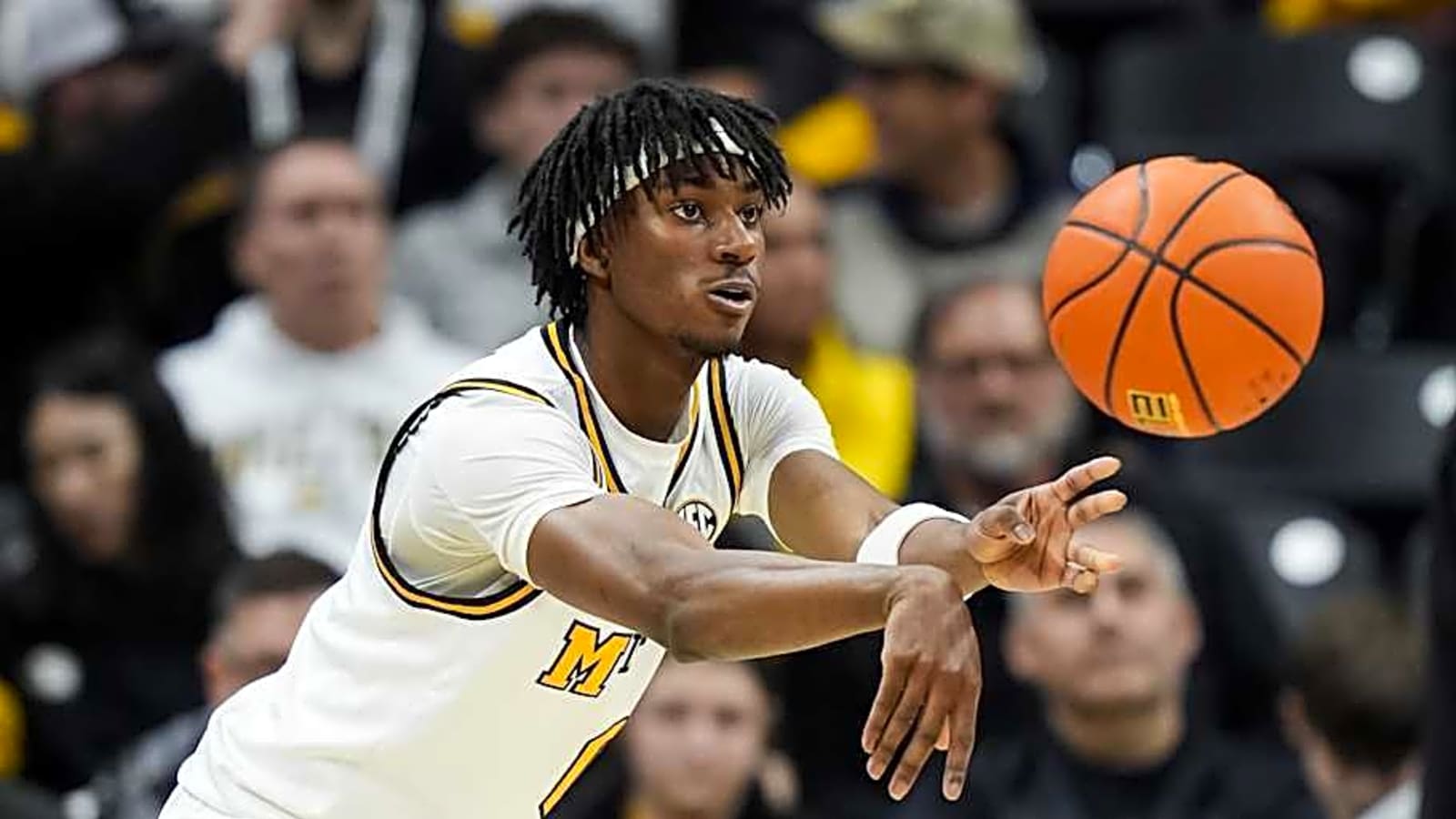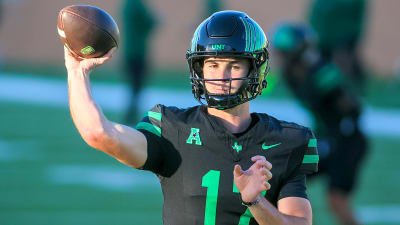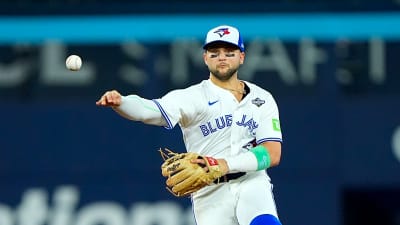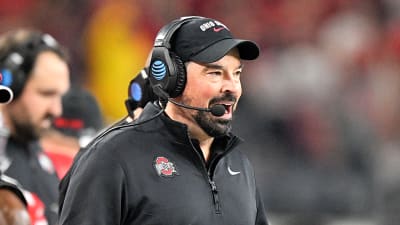
Missouri Tigers basketball is looking to continue the program's success after a bounce-back 22-12 2024-2025 regular season. Dennis Gates and the staff have retained six Tigers, brought in five transfers and recruited two incoming freshman. There's plenty of returning talent, but the team still will form a new identity overall, with one of those major changes being the creation.
Offensive creation is the ability to generate open looks for the team. Self creation can be seen in forms like pull-up jumpshots, getting to the free-throw line or a strong take to the rim. Just as important, however, is creating for others, which comes in drive-and-kick scenarios, screening teammates open and running pick-and-rolls.
Think of the creators as the engine that makes the offense go. A teams' top creators should be viewed as the playmakers who generate the offense, and the offense would fail without them. They should feel comfortable with the ball in their hands and help raise the complementary talent around them.
There's obviously many ways to create plays, shots and points, but what will that distribution look like for the Tigers?
Self creation
It's no secret the Tigers are heavily banking on internal growth for next season's success. A focal point of that is a Year-3 leap for Anthony Robinson II. He led the team with 3.5 assists per game last season, but he was also a top-four self-creator on the squad and has a strong case to finish in the top-two creators on the upcoming team.
Robinson probably has the best handles on the team, harnessing a flashy yet efficient package. allowing him to operate smoothly through tight coverage. He's able to maneuver his way into the shallow paint, hitting floaters and push shots frequently throughout the season. What's more impressive, however, is his knack for getting to the charity stripe, as he owned a .795 free-throw attempt rate.
When it comes to this year's Missouri squad, Robinson is the only Tiger who's proven capable of creating for himself and others.
While Robinson holds it down on the perimeter, rising senior forward Mark Mitchell poses the biggest scoring threat in the rotation. He led the team in points per game last season with 13.9, and there's all the expectation that he at least matches that mark next season.
Mitchell has the best offensive physicality of any wing on the team, being able to bully smaller guards and blow by lumbering bigs. His aggressive, downhill takes were a staple of Missouri's late shot-clock offense last year, and it's easy to see why. His bag may not run deep, but it's proven effective as a major part of the Tigers offense.
A new Tiger who matches that same offensive physicality as Mitchell is former UCLA guard Sebastian Mack. Mack has a quick first step and blazing downhill speed that helps him beat opponents to the rim, and is a strong finisher once he gets there. Despite standing at 6-foot-3, Mack shot 62.8 percent at the rim last season. He showcased impressive balance and angling to make layups at the highest degree of difficulty.
The last big self creator for the Tigers looks to be sixth-year transfer guard Jayden Stone, who averaged 20.8 points per game for Detroit Mercy in his last healthy season (2023-2024). He fills the void left by graduated senior Marques Warrick, who was scaled down in his role with Missouri after multiple 18-plus point per game seasons at Northern Kentucky, but operated as a spark plug off the bench for the Tigers. With Stone in a similar role, he'll come in to fire up the offense at times when it looks stale.
The majority of the rest of the Tigers are connective pieces and play-finishers like Jacob Crews, Trent Burns and Shawn Phillips Jr. However, if any were to break out into bigger offensive roles, keep an eye on Trent Pierce and Annor Boateng.
Creation for teammates
Anthony Robinson is almost guaranteed to lead the Tigers in assists per game, as there's an argument to be made he's the only true point guard on the roster. His bread and butter last season was hitting cutters in stride and placing perfect entry passes, which was perfect to complement guys like Tamar Bates and Caleb Grill.
This season, Missouri doesn't have the same off-ball threats as those two, and Robinson might blossom into more of a traditional point guard. He'll be asked to start more drive-and-kicks, passing teammates open rather than hitting the open man. The Tigers will also likely use the pick-and-roll far more frequently next season with the additions of Phillips and Burns.
Now graduated senior Josh Gray was a brick wall of a screen-setter, but often lacked positioning and movement after the screen, making him a difficult pairing for the ball-handling guards. A more mobile and vertical threat like Phillips and a shooting threat like Burns opens up the court a lot more for pick-and-roll scenarios.
For the other two primary ball-handlers, Mack and T.O. Barrett, one will likely need to take strides as a true playmaking point guard to take over when Robinson sits.
While Mark Mitchell isn't a dynamic playmaker, the attention he draws on his aforementioned aggressive drives frees up teammates around him, creating open looks. The next step for Mitchell is to consistently make the correct read, hitting those teammates when he's double-teamed on drives rather than attempting to finish through the pack. He averaged 1.9 assists per game last season, but if his vision improves, a leap to 2.5 or even a hopeful 3 would do wonders for Missouri's offense.
As Mitchell's driving frees up open shooters, the inverse can be said about those spot-up players. If the Tigers wings — Pierce, Crews and Stone — are consistently knocking down open 3's, that forces the defense to stick on them and not double drivers like Mitchell, Robinson and Mack.
There's a lot of question marks in how the Tigers offense may look next season, but one thing is clear; there's heavy pressure on Robinson to elevate his game once more and become the engine that makes the Tigers offense go.
More must-reads:
- CBB weekend winners, losers: SMU, UCF put the country on notice
- NHL suspends Jets' Logan Stanley in wake of Brady Tkachuk sucker-punch incident
- The 'Heisman Trophy winners since 2000' quiz
Breaking News
Trending News
Customize Your Newsletter
 +
+
Get the latest news and rumors, customized to your favorite sports and teams. Emailed daily. Always free!








